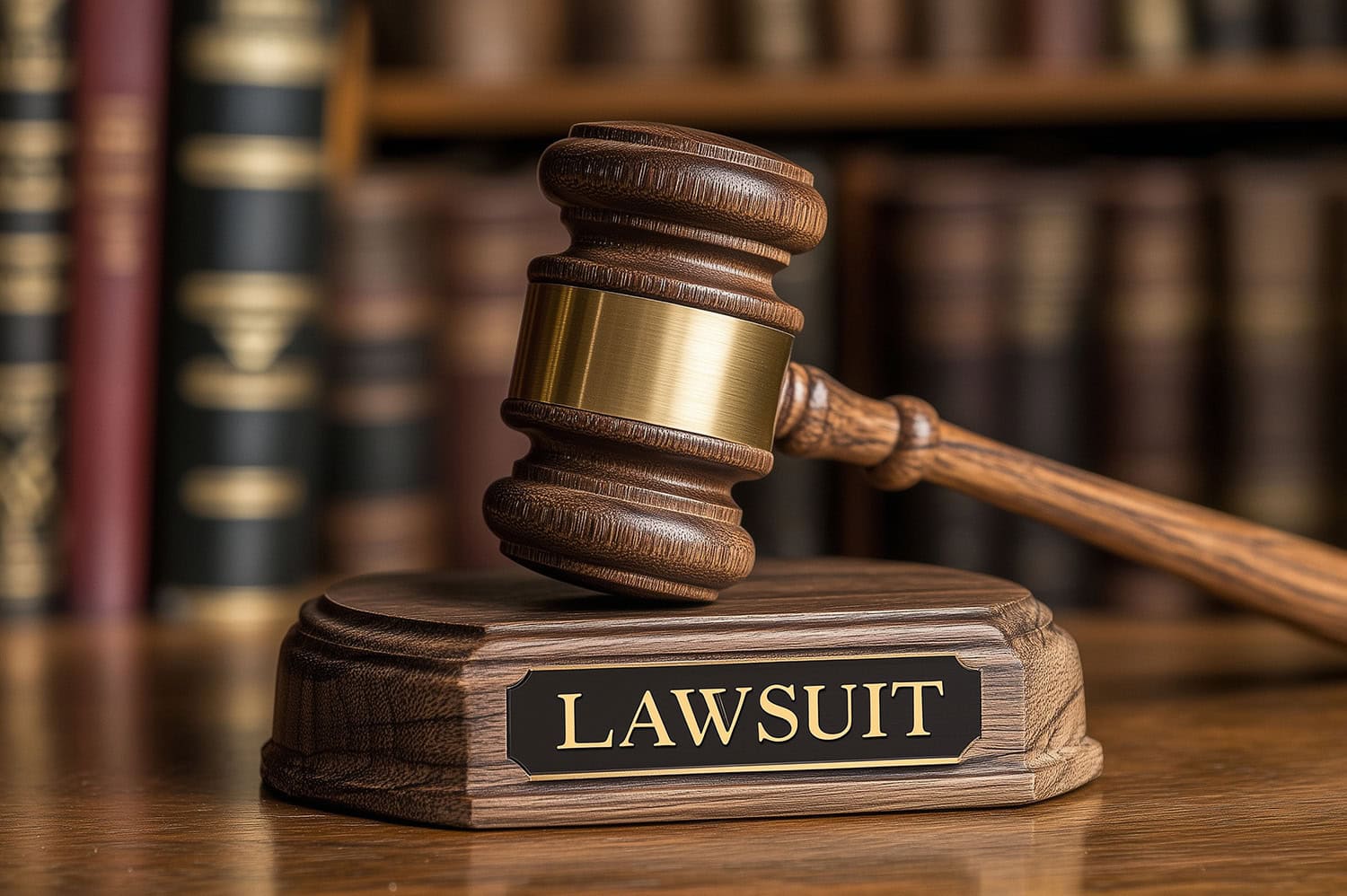
In civil litigation, receiving a complaint can feel like a sudden storm, leaving defendants scrambling to respond. The answer, a critical document that addresses the plaintiff’s allegations, often determines whether a case drags on or resolves efficiently. Many people, particularly those without legal representation, face challenges here, from missing deadlines to crafting weak defenses that invite further complications. With courts emphasizing timely and precise responses, mastering the answer is key to protecting your rights and potentially turning the tide in your favor. This guide explores how to prepare an effective answer, drawing on practical insights to help you avoid pitfalls and build a strong foundation for your case.
Whether you are a business owner contesting a contract breach or an individual defending against a personal injury claim, the answer serves as your first line of defense. It allows you to admit, deny, or claim insufficient knowledge about each allegation while raising affirmative defenses that could bar the plaintiff’s recovery. By approaching this step strategically, you can signal strength to the opposing side, encouraging settlements and reducing litigation costs. Let us break down the essentials, from core components to real-world applications, all aimed at empowering you to handle this phase with confidence.
Understanding the Core Components of an Answer
An answer must systematically respond to the complaint’s allegations, ensuring clarity and compliance with court rules. Typically filed within 20 to 30 days of service, depending on jurisdiction, it begins with a caption mirroring the complaint’s, identifying parties and the court.
The body addresses each numbered paragraph from the complaint. Responses fall into categories: admissions confirm facts, denials refute them, and statements of insufficient knowledge apply when information is lacking. Precision matters; vague replies can lead to deemed admissions, weakening your position.
Affirmative defenses follow, such as statute of limitations, contributory negligence, or accord and satisfaction. These shift the burden to the plaintiff to disprove them. You might also include counterclaims if you have grievances against the plaintiff, turning defense into offense.
Finally, include a prayer for relief, requesting dismissal or other remedies, and sign with verification if required. This structure not only meets procedural demands but also sets a professional tone, helping judges view your case favorably.
Common Pitfalls in Preparing an Answer and How to Sidestep Them
Defendants often stumble by missing filing deadlines, resulting in default judgments where the plaintiff wins automatically. To prevent this, calendar the response date immediately upon service and seek extensions if needed.
Another error is inadequate denials, such as general denials that fail in jurisdictions requiring specificity. Always deny with detail to avoid concessions. Overlooking affirmative defenses is common too; research applicable ones early to include them, as omitting waives them later.
Including irrelevant information or emotional language can dilute credibility. Stick to facts and legal arguments. Pro se litigants particularly struggle here, with studies showing higher default rates due to these issues. Start with a checklist: Review the complaint thoroughly, outline responses, and consult local rules to ensure format compliance.
Best Practices for Drafting a Compelling Answer
Effective drafting begins with thorough preparation. Analyze the complaint for weaknesses, like vague allegations or jurisdictional flaws, and incorporate them into defenses.
Use clear, concise language in numbered paragraphs matching the complaint’s structure. For denials, explain briefly if helpful, but avoid new facts that belong in discovery. Bolster affirmative defenses with supporting law, citing statutes or cases to demonstrate viability.
Consider strategic elements: If counterclaims apply, detail them fully to pressure the plaintiff. Revise for consistency and have a neutral party review for clarity.
Incorporate tools like outlines or sample forms to guide the process. For complex cases, timing your answer with a motion to dismiss can streamline defenses.
How Expert Assistance Resolves Defense Challenges
The intricacies of drafting an answer can overwhelm even seasoned individuals, leading to costly errors. Professional services address this by offering tailored guidance, ensuring documents are robust and compliant.
For example, a defendant in a property dispute might draft a hasty answer, missing key defenses like adverse possession. Expert help refines it into a strategic response that prompts early resolution. Such support is invaluable for pro se parties, providing access to jurisdiction-specific expertise without full attorney fees.
LegalHusk stands out in this space, delivering reliable drafting solutions. Their civil litigation services cover comprehensive answer preparation, helping clients navigate responses with precision. Users appreciate the focus on customization, turning potential vulnerabilities into strengths.
Access to additional tools, like strategy guides, further aids in building defenses. As resources from LegalHusk note, well-crafted answers have enabled many to avoid defaults and achieve favorable outcomes.1
Real-World Scenarios and Lessons Learned
Consider a small business sued for breach of contract. A strong answer denying specific terms and raising failure to mitigate damages led to mediation and settlement, saving trial expenses. In personal injury cases, answers asserting comparative fault often reduce liability.
These examples show that proactive responses not only defend but also negotiate from power. By applying structured approaches, litigants can replicate such successes, focusing on evidence and law.
Conclusion: Strengthening Your Position in Civil Litigation
The answer in civil litigation is more than a formality; it is a pivotal opportunity to assert your defense and shape the case’s direction. By grasping its components, avoiding common errors, and adopting best practices, you can create a response that protects your interests and promotes efficient resolutions. For those facing complexities, seeking specialized support can make the difference between a drawn-out battle and a swift victory.
If you need to fortify your defense, visit LegalHusk for expert insights, or explore their dedicated page on answer drafting. With the right tools, you can confidently address any complaint and move forward.